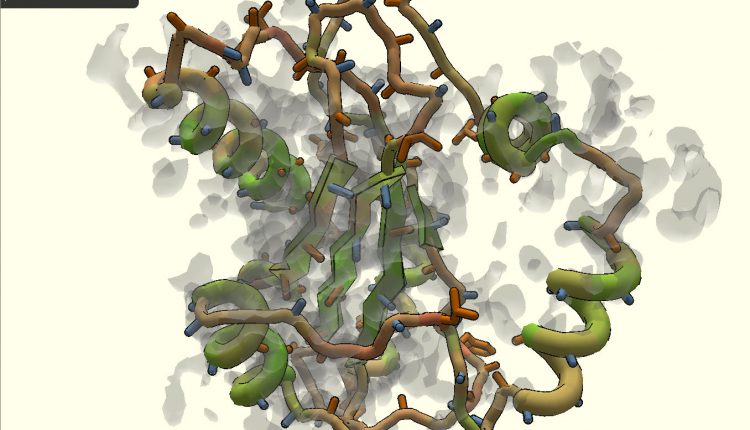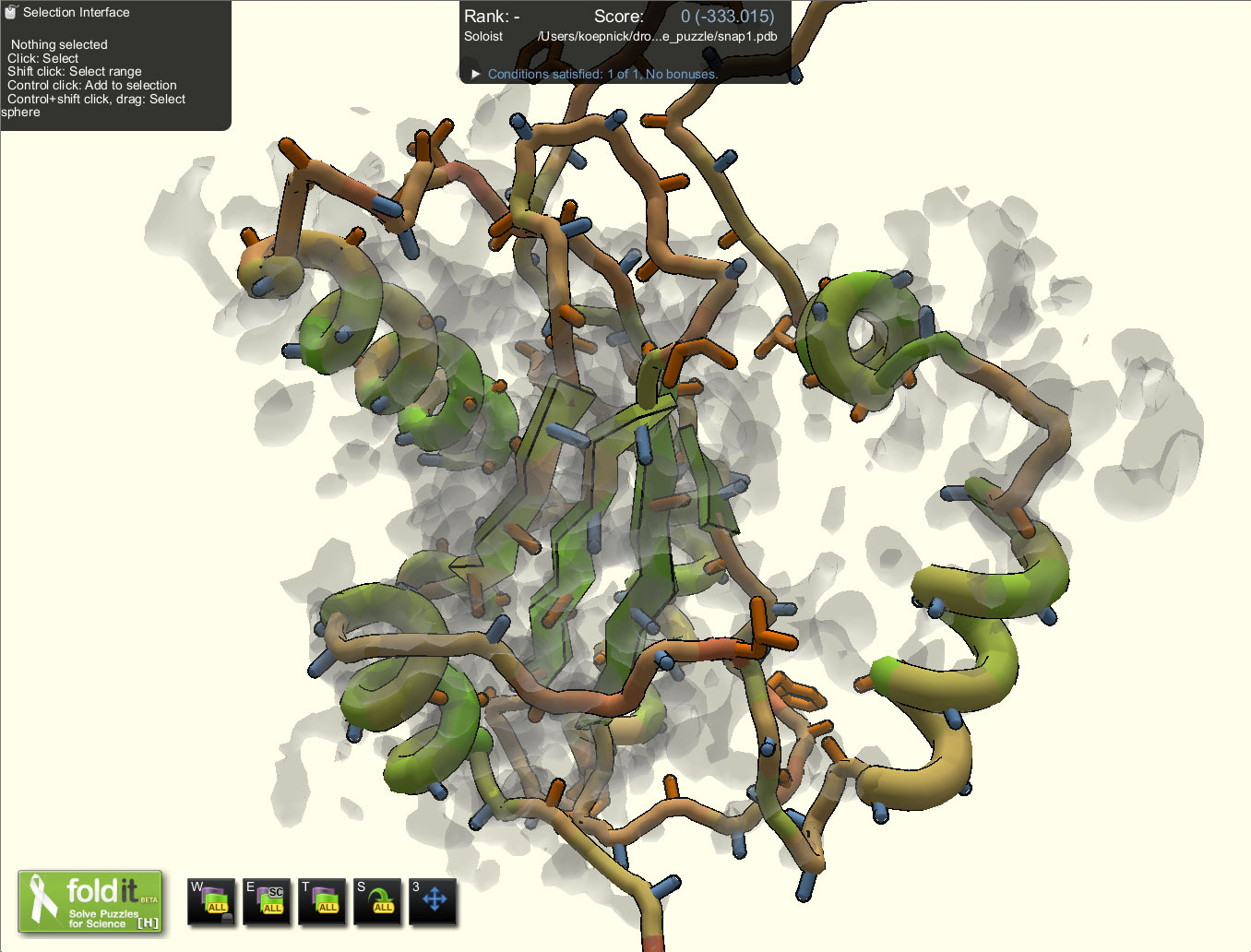
Video gamers are better than scientists at identifying proteins
While it’s been said that video games and too much screen time can rot the brain, a group of gamers was actually able to beat scientists, college students and computer algorithms in a contest to see who could identify a particular protein’s shape.
After playing the game Foldit with such success, the gamers proved that there could be a positive impact citizen science can have on research and could have future implications in learning and instructional areas.

“It shows that anybody with a 3-D mentality, including gamers, can do something that previously only scientists did, and in doing so they can help scientific progress,” said James Bardwell, University of Michigan professor in molecular, cellular and developmental biology.
The groups that took part in the University of Michigan competition had to interpret biochemical data in order to discover the protein’s structure. This included 469 video game players who played Foldit, two trained crystallographers, 61 U-M undergraduates who used a computer modeling program in class, and two separate computer algorithms.
According to Scott Horowitz, a postdoctoral fellow at U-M and co-author of the study, who plans to integrate Foldit into his class, the game can l motivate students to learn about a very complicated subject with its competitive and fun nature.
“I’ve seen how much players learn about proteins from playing this game,” said Horowitz. “We spend weeks and weeks trying to jam this into students’ brains and Foldit players learn it naturally because it’s fun.”
The researchers witnessed the students and scientists work independently while the video gamers took a more collaborative approach. Given the gamers’ superior outcome, the researchers deduced that collaboration is a big help in achieving the best results.
“We think this is a big deal because interpreting an electron-density map can be a labor-intensive, error-prone process—and we show that crowd-sourced Foldit players can do it as well as, or better than, professionally trained crystallographers,” said Brian Koepnick of the University of Washington Institute for Protein Design, who helped design the contest and analyze the results.
The team now plans to incorporate the gamers’ tips and tricks into the software that scientists use when building these structures.
The study even helped discover a new family of proteins that appears to be involved in preventing plaque formation, which is implicated in diseases like Alzheimer’s.

Comments are closed, but trackbacks and pingbacks are open.